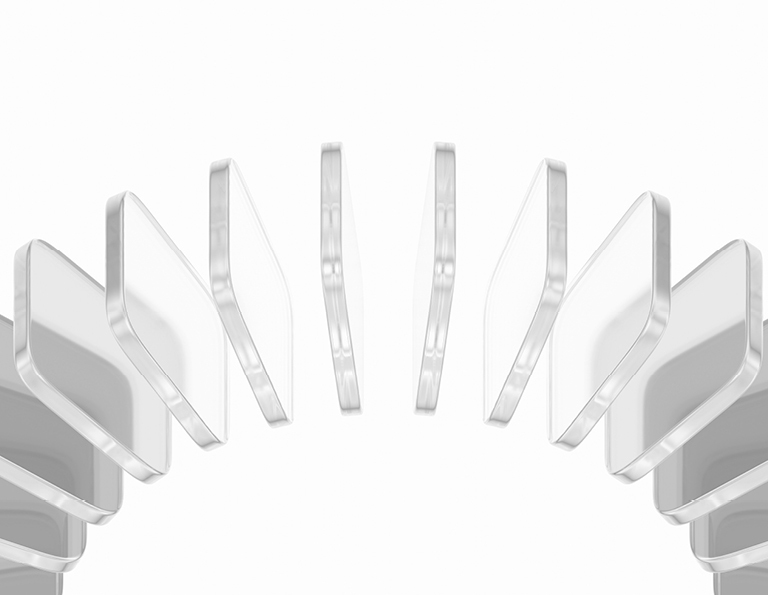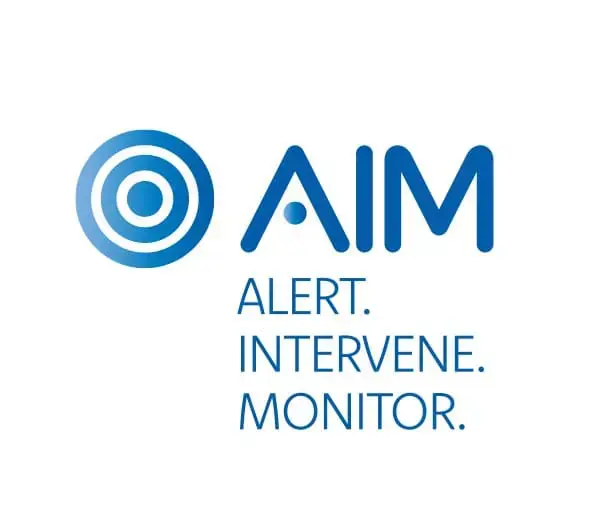From red flags to real impact - using AIM to support safer custody
By Unilink on 09-Oct-2025 11:43:16

Keeping people safe in custody is one of the most challenging responsibilities facing prison staff across the UK. Recent figures from HM Prison and Probation Service show that, despite extensive safeguarding frameworks, in the 12 months to June 2025, there were 86 self-inflicted deaths during the past year – thankfully, a number that has decreased by 8% over the last 12 months. The impact of these deaths is felt not only by fellow prisoners but also by staff and, most keenly, by families.
Traditionally, the response has centred around casework processes, observation regimes and the ACCT (Assessment, Care in Custody and Teamwork) framework in England and Wales and Talk to Me in Scotland. Staff on the front line understand how quickly someone’s situation can deteriorate. Spotting the signs early is crucial but in busy, high-pressure environments, structured support is often reactive and dependent on visible signs of distress, which means that subtler behavioural changes can often be overlooked.
Unilink’s AIM tool (Alert. Intervene. Monitor) provides a more responsive, analytics-driven approach by using real-time data to highlight risk earlier and enable more effective interventions.
Spotting the signals – why early warning is difficult
Every establishment has prisoners who are vulnerable at different stages of their sentences. A drop in family contact, disengagement from educational programmes or repeated missed appointments can all be signs that someone is struggling with their mental health. The difficulty is that these behaviours may not ring alarm bells immediately but over time, they can accumulate unnoticed until a crisis occurs.
Officers and caseworkers rely heavily on professional judgment, but they’re already balancing numerous competing demands, and even the most dedicated member of staff cannot track every small change in dozens of individuals. Traditional systems often involve manual logs, checklists and periodic reviews – methods that are prone to delay and human oversight and which slow the recognition of signals so that they only become visible once a crisis has escalated.
What prisons need is a system that can continuously monitor, detect statistically significant deviations, prioritise them and then present them to staff in an easily digestible and actionable way, which is where AIM comes into its own.
What AIM offers
Unilink’s AIM is a data-driven analytical tool that comes free of charge as part of Unilink’s self-service system. AIM builds on the data already generated through a prison’s digital self-service, in-cell devices interactions, visits booking systems and other day-to-day activities, to provide a snapshot of what ‘normal’ is for each prisoner. By mapping an individual’s usual routine, it can flag when their behaviour deviates significantly, using a traffic light system to highlight those inmates most in need of attention.
Clarity – the dashboard shows which individuals are flagged as red (needing immediate checks or intervention), amber (needing closer attention and follow-ups) or green (indicating no unusual concerns), helping staff prioritise their limited time and resources
Patterns – AIM tracks changes over time so that gradual withdrawal or a steady drop-off in activity is visible before it reaches crisis point
Insights – as well as individual cases, the system can highlight trends across an establishment, for example, if an entire wing is showing increased risk indicators or if certain times of year correlate with spikes in concern.
Crucially, AIM is not a stand-alone ‘black box’. It integrates with a prison’s case management system and its dashboards are configurable by governors, safety leads and custodial staff. Neither is it designed to replace professional judgment. Instead, it supports staff by bringing to light insights that might otherwise have gone unnoticed, turning background data into proactive, actionable information which can result in informed interventions.
Turning information into action
AIM’s effectiveness lies not just in flagging risks, but in informing the response that follows:
Prioritised attention – with the ‘traffic-light’ system, staff can focus their scarce resources on individuals who need them most and conduct rapid welfare checks.
Tracking trends – because AIM monitors change over time, it helps to identify gradual deterioration, such as a steady withdrawal from social or educational engagement. This supports earlier, softer interventions before a crisis point is reached.
Insight into pressures – the dashboard can also show population-level trends such as spikes in risk indicators during certain time periods, clustering in particular wings or common behavioural precursors. Insights such as these enable governors and safer custody teams to allocate resources, adjust regimes or review policies more effectively.
Adaptive feedback – AIM is designed to inform strategic planning, with alerts that can be validated and fine-tuned to the specific context of each prison, both improving accuracy and reducing unnecessary alerts.
Supporting staff, protecting prisoners
Keeping people in custody will always carry risks. But technology such as AIM demonstrates that those risks can be managed more intelligently and move the custodial environment from reactive to proactive. The technology’s real value, however, will depend on how well it is embedded, how effectively staff are supported to use it and whether prisons can match alerts with the real capacity to intervene.
Moving from red flags to real impact is not simply about algorithms. It’s about combining the insight they provide with the compassion, professionalism and judgment of prison staff. Digital tools are not a replacement for human care but they can be a powerful ally. Together, they can make safer custody an achievable reality.
You May Also Like
These Related Stories

Revolutionising Prison Environments: AIM Application Targets Suicide and Self-Harm

Norway Leads the Way in Pre-Sentence Reporting with Unilink’s U-Case System

-1.png?width=1200&height=312&name=Unilink%20-%20full%20colour%20with%20strapline%20(1)-1.png)